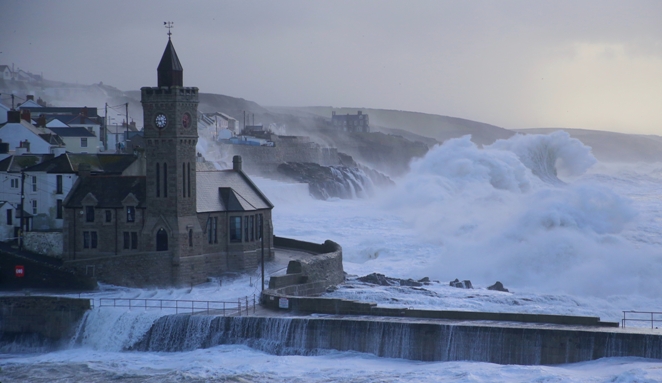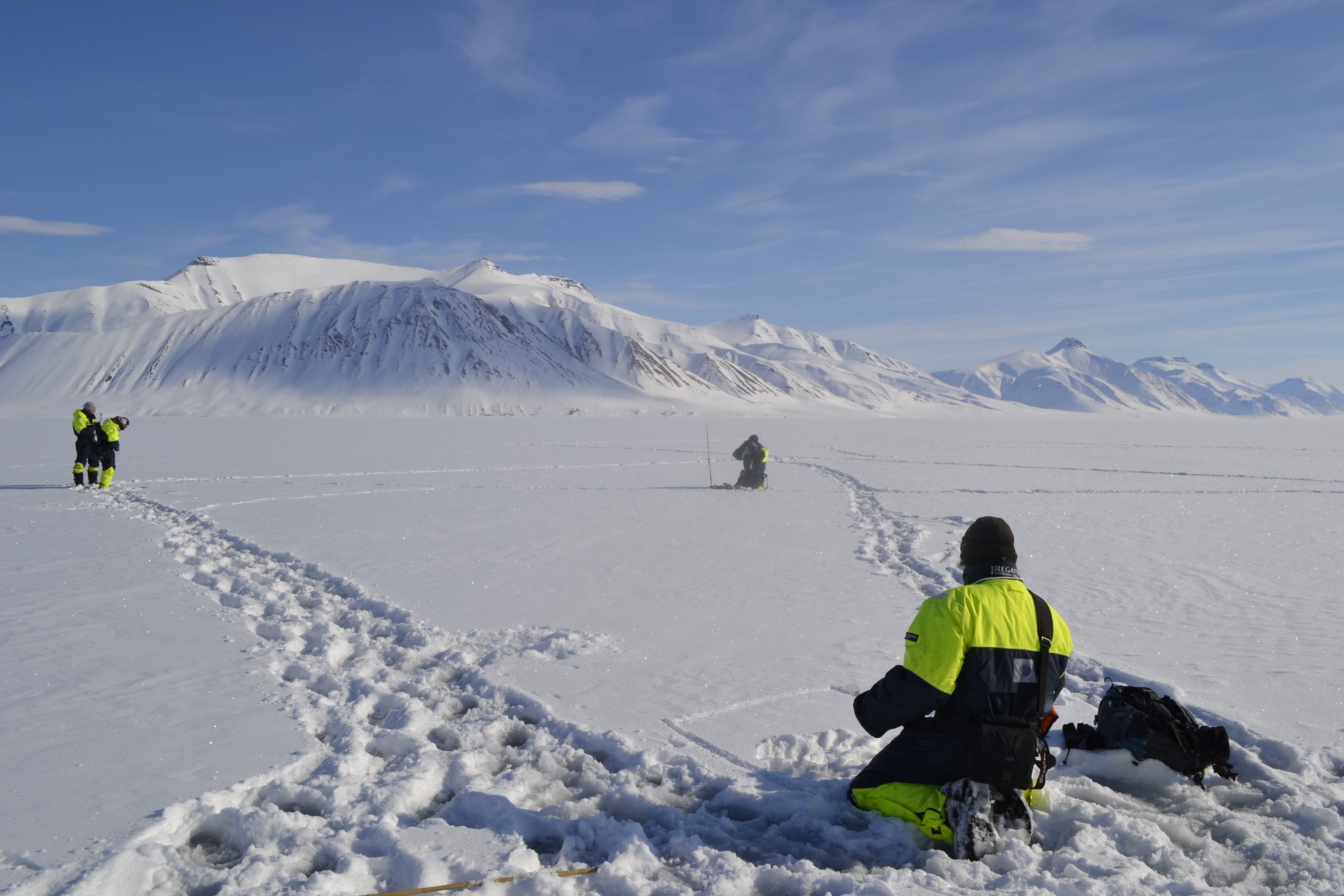10 February 2017
Daily disturbance from upper atmosphere leaves its footprints on tropical rainfall

A team of scientists led by postdoctoral researcher Takatoshi Sakazaki, from the University of Hawaiʻi at Mānoa’s International Pacific Research Center (IPRC), has analyzed satellite-based observations and computer model simulations of tropical rainfall variation throughout the day in an effort to determine the root cause of the temporal patterns. Their results, accepted for publication in Geophysical Research Letters, a journal of the American Geophysical Union, show that daily tropical rainfall distribution is significantly shaped by heating of the upper atmosphere.
8 February 2017
Gas hydrate breakdown unlikely to cause massive greenhouse gas release

The breakdown of methane hydrates due to warming climate is unlikely to lead to massive amounts of methane being released to the atmosphere, according to a recent interpretive review of scientific literature.
Greenland Ice Sheet melting can cool subtropics and alter climate

A new study finds evidence that the last time Earth was as warm as it is today, cold freshwater from a melting Greenland Ice Sheet circulated in the Atlantic Ocean as far south as Bermuda, elevating sea levels and altering the ocean’s climate and ecosystems.
7 February 2017
Analysis of 1883 at-sea rescue leads to new understanding of wave energy

A team of oceanographers has developed a new model for ocean wave energy, using an 1883 account of how a ship’s crew dumped oil into stormy seas and calmed the waves enough to save the crew of a sinking ship.
6 February 2017
Greener cities could help urban plants endure summer heat

Urban plants offer city dwellers many benefits, such as improved health and decreased crime and pollution. And now we have even more reason to green our cities. A new study from the Water Sustainability and Climate project at the University of Wisconsin-Madison indicates that adding more greenery to the urban landscape could help urban vegetation cope better with the summer heat and a warming climate. In other words, the more plants in a city, the merrier they all are.
New climate index based on atmospheric pressure produces more accurate predictions of storm wave conditions

A method based on the north-south atmospheric pressure gradient along the Atlantic coast of Europe could lead to enhanced forecasting of extreme wave conditions and increased preparedness within coastal communities, a new study suggests.
1 February 2017
Coal mine dust lowers spectral reflectance of Arctic snow by up to 84 percent, new study finds

Dust released by an active coal mine in Svalbard, Norway reduced the spectral reflectance of nearby snow and ice by up to 84 percent, according to new research.
27 January 2017
Global flood risk could increase five-fold with a 4-degree C temperature rise

A new report looks at flood risk and economic damages under different global warming scenarios with temperature increases of 1.5 degrees Celsius, 2 degrees Celsius and 4 degrees Celsius. It concludes that, if global temperatures rise by 4 degrees Celsius, the flood risk in countries representing more than 70 percent percent of the global population and global GDP will increase by more than 500 percent.
25 January 2017
Weather patterns, trans-Pacific pollution cause spring ozone spikes in SW US

Late spring and early summer is when the air quality is generally good across most of the United States. But newly published research details how a common springtime weather pattern and pollution transported from Asia often conspire to create unhealthy ozone levels for the desert southwest. The new study adds to a growing body of work that explores how ozone can occasionally push some areas of the desert southwest above federal air quality standards.
24 January 2017
Bursts of methane may have warmed early Mars

In a new study, researchers suggest early Mars may have been warmed intermittently by a powerful greenhouse effect. They found interactions between methane, carbon dioxide and hydrogen in the early Martian atmosphere may have created warm periods when the planet could support liquid water on the surface.










 GeoSpace is a blog on Earth and space science, managed by AGU’s Public Information staff. The blog features posts by AGU writers and guest contributors on all sorts of relevant science topics, but with a focus on new research and geo and space sciences-related stories that are currently in the news.
GeoSpace is a blog on Earth and space science, managed by AGU’s Public Information staff. The blog features posts by AGU writers and guest contributors on all sorts of relevant science topics, but with a focus on new research and geo and space sciences-related stories that are currently in the news.